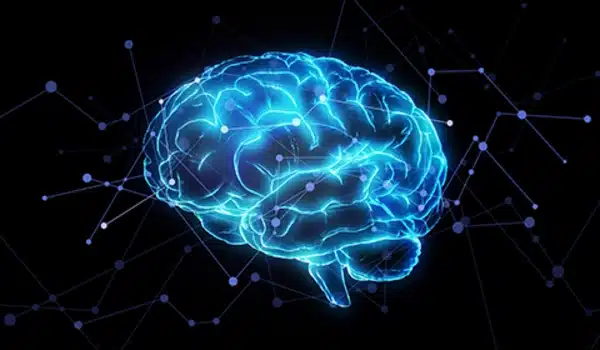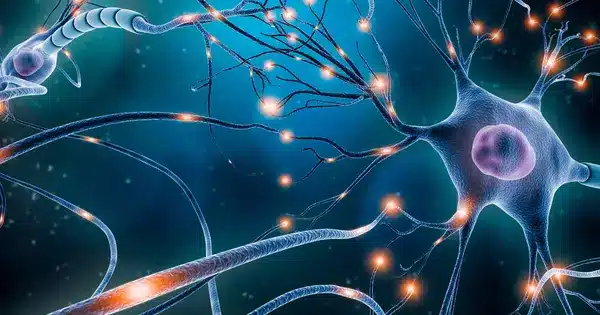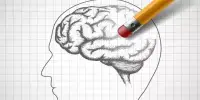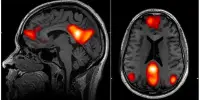The human brain has specialized regions that process and recognize faces, such as the fusiform face area (FFA). The FFA, which is located in the ventral stream of the visual cortex, is essential for facial recognition. It responds selectively to faces and assists us in distinguishing between different individuals.
Using a novel social recognition experiment, scientists identified the neurons that are activated when perceiving others, as well as the neurons that represent value information associated with others in the CA1 region of the hippocampus.
Researchers from the Institute for Basic Science’s Center for Cognition and Sociality (CCS) recently announced the discovery of neurons that allow us to recognize others. The neurons that deal with information associated with different individuals were discovered to be located in the CA1 region of the hippocampus by the research team.
Humans, like other social animals, are constantly interacting with others. The ability to recognize the identity of the social counterpart, retrieve relevant information about them from memory, and update it from the current interaction is critical for establishing social relationships during this process. However, research on how these processes occur in the brain has been limited.
We have revealed for the first time how value information about others obtained through positive or negative interactions with them is represented and stored in our brains. Furthermore, this provides significant insights into understanding the role of our brains in building and developing human relationships through various social interactions.
Dr. LEE Doyun
Previous efforts to answer this question focused primarily on mouse brain studies, particularly in the hippocampus. The hippocampus was thought to be the answer because it is a brain structure known to be involved in memory formation. The Cornu Ammonis (CA) fields, which are numbered CA1 to CA3, are involved in various functions related to memory and spatial processing within the hippocampus and were thus key research interests.
Until now, mouse research on the neural mechanisms of individual recognition has primarily focused on the CA2 region of the hippocampus. However, previous studies only involved distinguishing unfamiliar mice from familiar mice, making it difficult to interpret whether the results reflect the animal’s ability to perceive or truly recognize individual characteristics.
In this study, the IBS-CCS research team used mice to develop a new behavioral paradigm to better investigate their ability to recognize other people. Their new method involved training the subject mouse to associate specific individual mice with rewards and then studying their behavior after encountering reward-associated and non-associated individuals.

Two mice were immobilized on a spinning disk and randomly presented to a subject mouse, which recognized the neighbor via scent. When the subject mouse licks in response to the reward-associated mouse but not another, water is delivered from the device as a reward. The researchers examined brain cell activity during the experiment to see if the subject mouse could discriminate between different individuals.
The stimulus mice on the spinning disk were male littermates who were already acquainted with the subject mice. This means that the subject mice distinguished between stimulus mice solely on the basis of the stimulus mice’s unique characteristics, indicating the high reliability of the experimental results.
Using this behavioral paradigm, the researchers clearly demonstrated that the dorsal CA1 region of the hippocampus plays an essential role in individual recognition. For example, when the hippocampal CA1 region is suppressed using a neuroinhibitor, the subject mouse was unable to distinguish its neighbor. Also by using a two-photon imaging technique that allows real-time observation of neural cell activity in the deep regions of the brain, the IBS-CCS team even identified the specific neuronal cells in the hippocampal CA1 region that is responsible for the recognition of individual mice.
This was an intriguing addition to previous findings, which suggested that the dorsal CA2 region of the hippocampus is the important brain area for social memory while reporting that the dorsal CA1 region plays no role. Furthermore, researchers previously believed that social memories in rodents were only temporary and that they did not form long-term memories about individual subjects. The latest IBS-CCS study, however, has shown that long-term memories about individuals can be formed in mice.
Dr. LEE Doyun who led this research stated, “We have revealed for the first time how value information about others obtained through positive or negative interactions with them is represented and stored in our brains. Furthermore, this provides significant insights into understanding the role of our brains in building and developing human relationships through various social interactions.”
Aside from that, the researchers discovered the presence of specific neurons in the hippocampal CA1 region of the subject mouse that process positive information associated with different individual mice. Assigning a positive or negative value to a social encounter with another individual and updating that value is an important part of forming a social relationship. For example, just as it is necessary to form a friendship with a specific individual, it is also necessary to assess how enjoyable and rewarding it was to interact with them.
When confronted with reward-associated individuals, these specific CA1 neurons were found to be responsive. However, when the subject was exposed to odors unrelated to social activity, such as citral or butanol, such reward expectation responses were not observed. These findings indicate that the hippocampal CA1 region plays a selectively important role in the formation of associative social memories.
















